Fall Arts Preview: Visual Arts
By • September 10, 2019 0 873
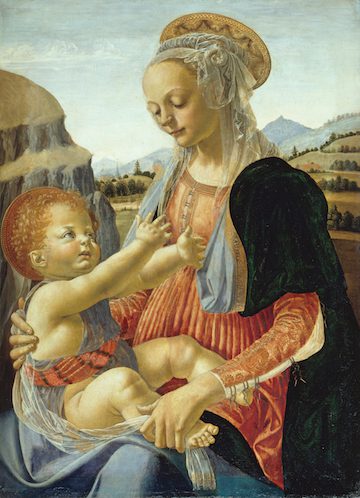
National Gallery of Art
Verrocchio: Sculptor and Painter of Renaissance Florence
Sept. 15 to Jan. 12
Andrea del Verrocchio (c. 1435–1488) was an innovative artist, painter, sculptor and teacher whose pupils included Leonardo da Vinci. This first exhibition devoted to Verrocchio in the United States will examine the wealth and breadth of his extraordinary artistry by bringing together some 50 of his masterpieces in painting, sculpture and drawing, allowing viewers to appreciate how his work in each art form stimulated creativity in the others. In addition, groundbreaking technical research into Verrocchio’s materials and techniques will offer revelations about his artistic choices.
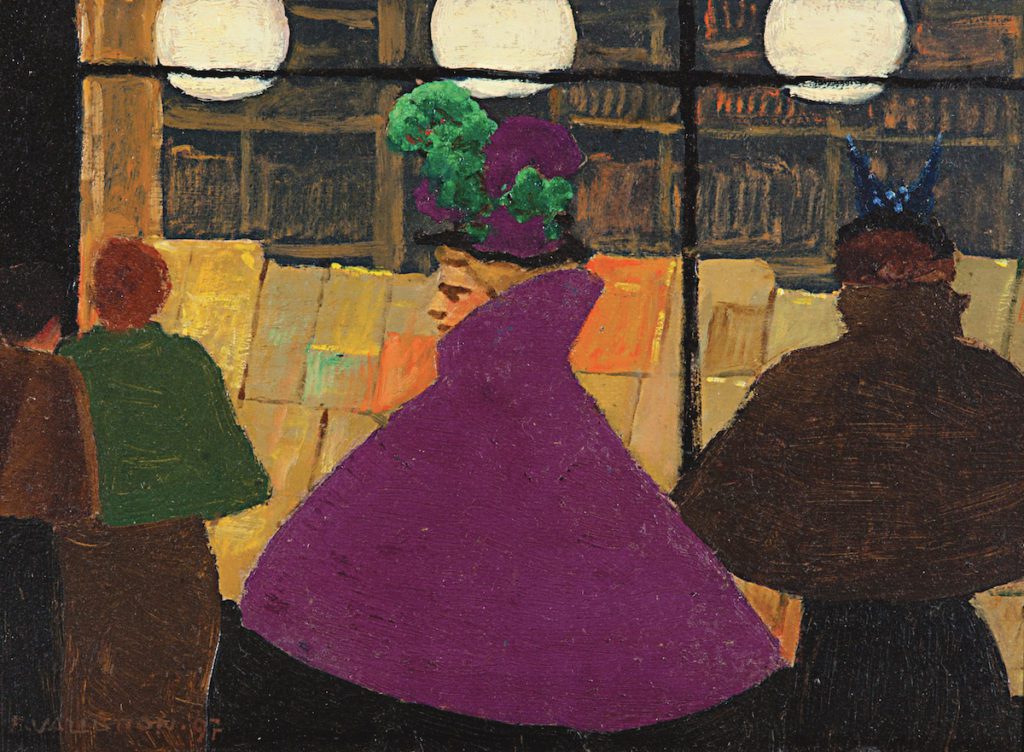
“Passerby (La Passante),” 1897. Félix Vallotton. Collection of Vicki and Roger Sant. Courtesy Phillips Collection.
The Phillips Collection
Bonnard to Vuillard: The Intimate Poetry of Everyday Life
Oct. 26 to Jan. 26
“Bonnard to Vuillard” will present over 60 rarely seen works by leading Post-Impressionists. Assuming the name “Nabis” (from the Hebrew “navi,” meaning prophet), this radically experimental and groundbreaking bunch took painting to startling new extremes at the end of the 19th century, sharing a belief in art’s intimate connection to everyday life. Works by Pierre Bonnard, Édouard Vuillard, Maurice Denis, Félix Vallotton and others across a range of media — including painting, sculpture, lithography, stained glass and needlepoint — will reveal the various ways in which the Nabis sought to break down the artificial barriers between the fine and decorative arts.

“Buffalo Bull, Grazing on the Prairie,” 1832-33. George Catlin. Courtesy SAAM.
Smithsonian American Art Museum
Picturing the American Buffalo: George Catlin and Modern Native American Artists
Opens Oct. 11
George Catlin (1796–1872) was among the earliest European artists to travel beyond the Mississippi River to record what he called the “manners and customs” of American Indians. His intention was to document these native cultures before they were irrevocably altered by settlement of the frontier and the mass migrations forced by the Indian Removal Act of 1830. On his trips, Catlin recorded the massive herds of buffalo that roamed the Great Plains and portrayed the central importance of the buffalo in the daily lives of Indian tribes. This exhibition will present works by Catlin alongside works by modern Native artists, who have continued to picture the buffalo as an essential aspect of indigenous cultural identity, providing two perspectives on the animal’s resonance in American art.
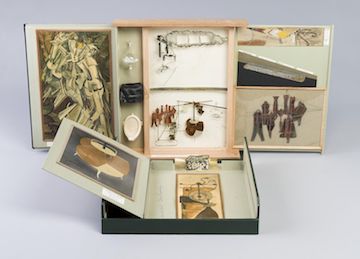
“The Box in a Valise/Boîte en Valise (Series E) From or by Marcel Duchamp or Rose Sélavy,” 1963. Marcel Duchamp. Courtesy Hirshhorn.
Hirshhorn Museum
Marcel Duchamp: The Barbara and Aaron Levine Collection
Opens Nov. 9
The first stage of a two-part exhibition on the artist’s life and legacy (the second will open next April), “Marcel Duchamp: The Barbara and Aaron Levine Collection” will feature the Levines’ recent promised gift of more than 35 seminal works by Duchamp (1887–1968). Several of Duchamp’s most famous readymades — embodying his radical idea that an artist’s ideas are more important than craft or aesthetics — will be on view, as will drawings and prints related to his magnum opus, “The Bride Stripped Bare by Her Bachelors, Even,” and a number of his later kinetic works. The exhibition will also include portraits of Duchamp and works by his contemporaries and those he influenced, including Man Ray, Tristan Tzara, Henri Cartier-Bresson, Diane Arbus and Irving Penn.
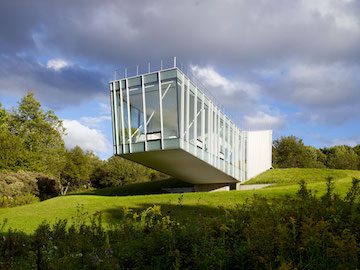
“Tanglewood House II, West Stockbridge, Massachusetts.” Alan Karchmer. Courtesy National Building Museum.
National Building Museum
Alan Karchmer: The Architects’ Photographer
Opens Nov. 9
Even if you have never visited the pyramids of Giza, I’m guessing you know exactly what they look like. Because prominent works of architecture are known better and by more people through photographs than in person, architectural photographers play an important role in interpreting the architect’s work, both in itself and in relation to the landscape, light and surrounding environment. Alan Karchmer is known as “The Architects’ Photographer” thanks to his skill in communicating architects’ ideas and intentions. This exhibition will present a cross section of his professional photographs, coupled with personal photos and artifacts. While it will feature large-format images of remarkable beauty, the exhibition will also examine the technical and creative processes underlying such images and, by displaying multiple images of specific buildings, explore how a series of photographs can create a visual narrative that conveys a cohesive sense of design, place and experience.
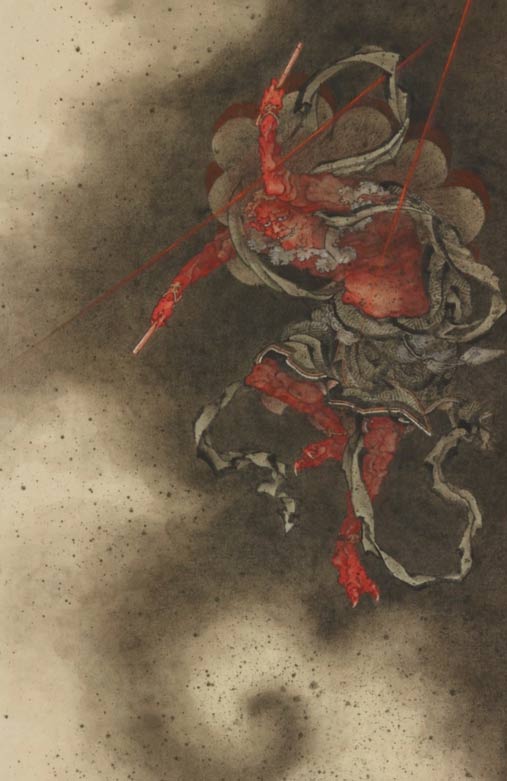
“Thunder God,” Katsushika Hokusai. Courtesy Freer Gallery of Art.
Hokusai: Mad about Painting
Freer Gallery of Art
Opens Nov. 23
The Japanese artist Katsushika Hokusai (1760–1849) is widely recognized for a single image — “Great Wave Off the Coast of Kanagawa” — yet he produced thousands of works. Charles Lang Freer recognized the artist’s vast abilities before many other collectors and assembled the world’s largest collection of paintings, sketches and drawings by Hokusai. In commemoration of the centennial of Freer’s death in 1919, and in celebration of the 2020 Summer Olympics in Tokyo, the Freer Gallery will present a yearlong exploration of Hokusai’s prolific career. Works large and small, from six-panel folding screens and hanging scrolls to paintings and drawings, will be on view, along with rare hanshita-e — drawings for woodblock prints that were frequently destroyed in the process of carving the block — and manga, his often humorous renderings of everyday life. Together, these works will reveal an artistic genius who thought he might finally achieve true mastery in painting, if he lived to the age of 110.
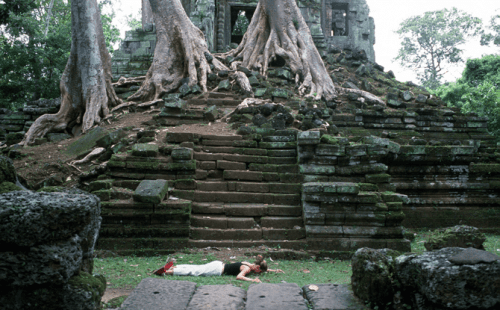
From “100 Little Deaths.” Janaina Tschäpe. Courtesy NMWA.
National Museum of Women in the Arts
Live Dangerously
Sept. 19 to Jan. 20
“Live Dangerously” will explore how 12 groundbreaking photographers use humor, drama and innovative narrative elements to illuminate the female form as a means of self-empowerment and personal expression, revealing the bold and dynamic ways in which female bodies inhabit and activate the natural world. Many works in the exhibition depict the female body immersed in mountains, oceans, valleys and deserts. A major section will showcase the performative and fantastical works of German artist Janaina Tschäpe (b. 1973). For the first time, the museum will exhibit all 100 large-scale photographs in her series “100 Little Deaths,” created between 1996 and 2002, in which the artist stages her own body within sites from her travels around the world.

